Popular Articles
- Earliest molecular events of vision revealed
- Dynamics and Kinetics in Structural Biology
- XFEL Pulses Demonstrate How Plants Perceive Light
- Structural biology is solved -- now what?
- BioXFEL Postdoctoral Fellowship Award
Archived Articles
News
- Details
- Tuesday, 21 February 2017
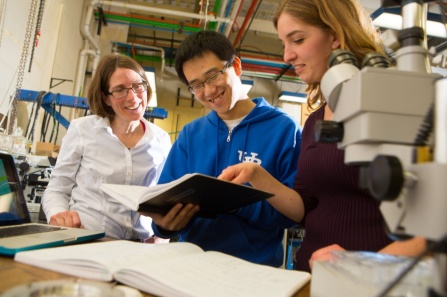
Molecules vibrate and resonate. These vibrations enable life to function, they are believed to play a role in photosynthesis in plants and protein folding in general. BioXFEL participant and University at Buffalo physicist Andrea Markelz has recently been awarded $1.35 million in grants, from the Department of Energy and National Science Foundation, to research the nature these vibrations in protein, and to develop instrumentation that aids other researchers doing the same.
- Details
- Thursday, 16 February 2017

Membrane protein perform a variety of functions vital to the survival of an organism. As a result understanding how they work and why they malfunction has been an interest of researchers.
- Details
- Thursday, 09 February 2017
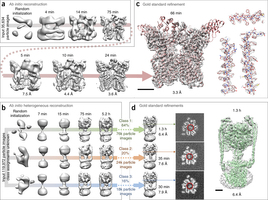
A new set of machine learning algorithms developed by University of Toronto researchers allows for quicker and more reliable generation of 3D structures of protein molecules. The algorithms could potentially revolutionize the development of drug therapies for a range of diseases, from Alzheimer's to cancer.
- Details
- Tuesday, 07 February 2017
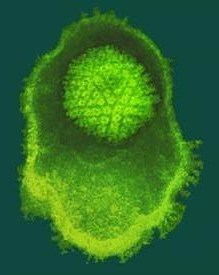
Viral multiplication
A new insight into how viruses replicated based on X-ray crystallography work by a team at Thomas Jefferson University could ultimately lead to new antiviral drugs to treat pathogenic DNA viruses.
- Details
- Thursday, 02 February 2017
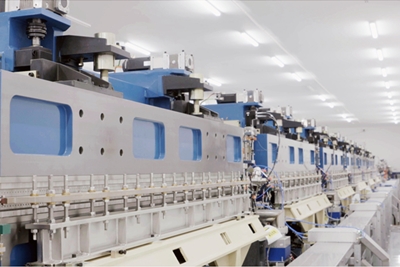
Scientists completing a new free-electron laser (FEL) in China say that the facility now delivers the world’s brightest source of light in the vacuum ultraviolet (VUV) spectral region, yielding a tool with unprecedented scientific utility.
The Dalian Coherent Light Source (DCLS) is said to be the only high-gain FEL user facility operating exclusively in the VUV, and after nearly five years in development it produces a photon flux of 1.4 x 1014 photons per pulse.
- Details
- Tuesday, 31 January 2017
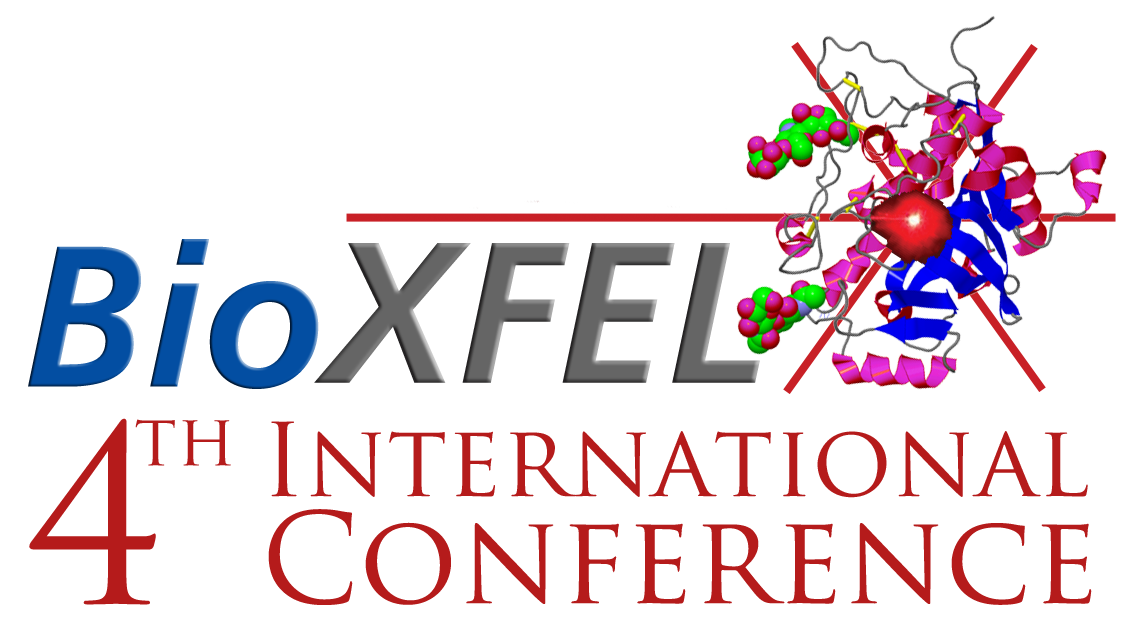
Thank You for Your Attendance and Sponsorship of the 4th BioXFEL Conference and Single Particle Sample Delivery Workshop
We would like to thank you for your attendance of the SP Workshop and 4th Annual Conference. Specifically, we would like to thank our Program Chairs & Committee for putting together an excellent meeting as well as the speakers and session chairs who made it such a resounding success. We’d also like to thank our vendors and sponsors: Rayonix, Formulatrix, Molecular Dimensions, and Structural Dynamics for their contributions. We are honored that you continue to support us.
More Articles...
- BioXFEL Jazz Trio Performed Live at Caesar’s Palace
- Seeding x-ray free electron lasers with customized electron beams produces incredibly stable laser pulses
- Synthetic nanoparticles achieve the complexity of protein molecules
- Protein structure determination using metagenome sequence data
- Electron beam exposes crystal details down to hydrogen atoms





